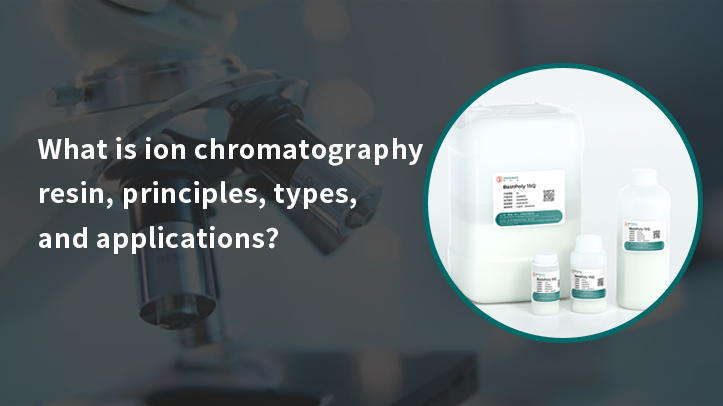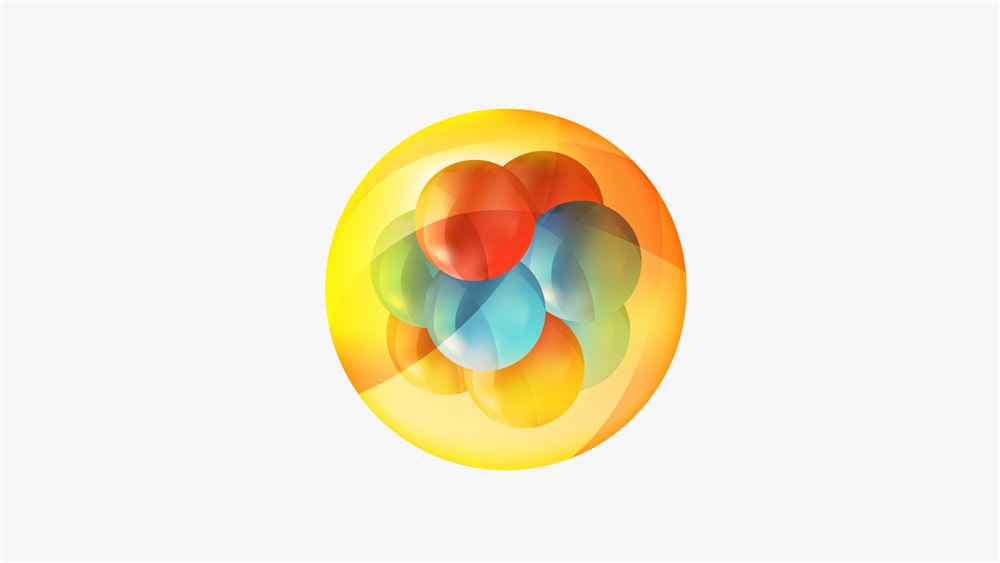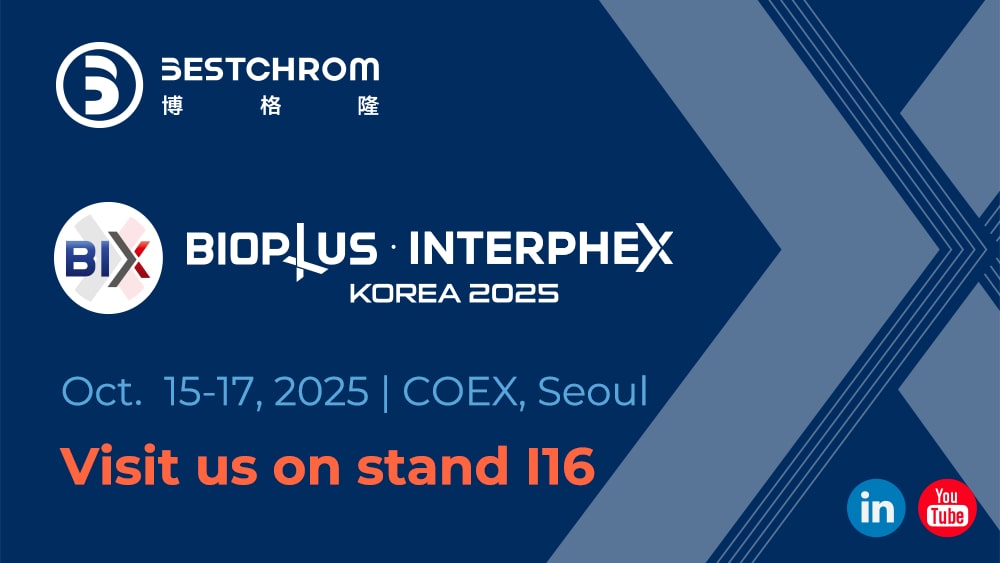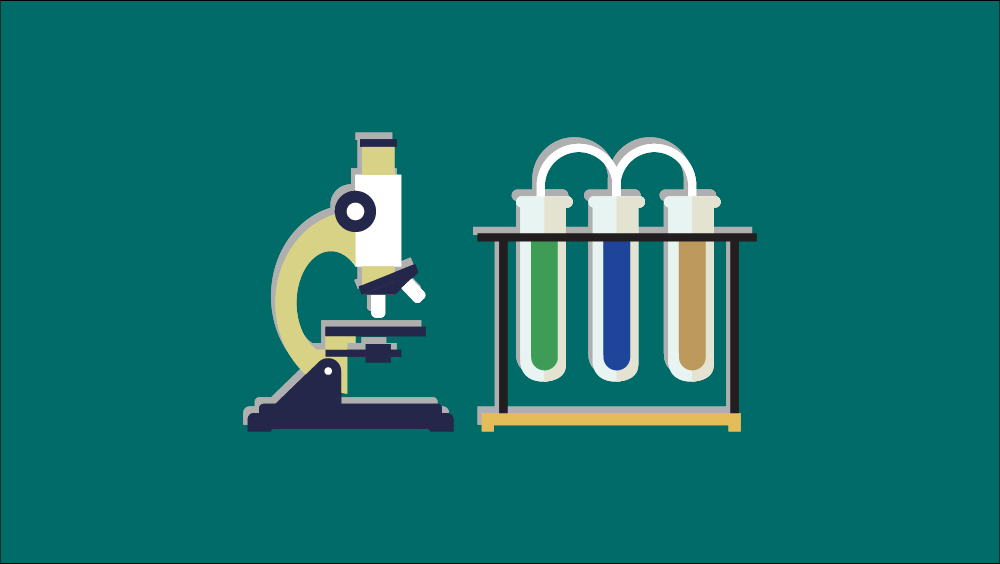What is ion chromatography resin, principles, types, and applications?

Chromatography is a separation science used to separate and purify proteins based on their unique physical and chemical properties. One of the most basic and critical skills an aspiring life scientist can acquire is protein chromatography.
Ion exchange chromatography resins are just one of many separation resins used for protein purification. In this article, we will delve into its basic principles, applications, and advantages to give you a clear understanding of it.
From this article you can learn:
-
What is an ion exchange chromatography resin?
-
How ion chromatography resin works
-
Types of ionic resins
-
Cation exchange(CEX) chromatography resin application
-
Anion exchange(AEX) chromatography resin application
-
Ion exchange (IEX) chromatography charateristics
-
Selection of ion chromatography
-
Ion exchange resins: charge, strength, and size
-
FAQ
What is an ion exchange chromatography resin?
Ion exchange (IEX) chromatography resin is a chromatography resin that separates biomolecules based on the difference in charge quality and quantity.
IEX resins can be divided into cation exchange resin and anion exchange resin according to the property of electric charges on functional groups. Macro-biomolecules contain acidic and basic functional groups, which can be changed in terms of charge property and quantity by adjustment of buffer pH.
Thus, after binding between biomolecules and IEX resins (with opposite charge properties of the biomolecules), biomolecules will be eluted in sequence (molecules with weaker binding will be eluted earlier) if ion strength or pH in the mobile phase is altered. In this way, effective purification can be achieved.
How ion chromatography resin works
High-purity proteins are indispensable for the success of experiments. They serve as analytical reagents (e.g., surface plasmon resonance) in research, potential therapeutic agents, and, of course, subjects for structural and biochemical studies.
So, how does ion exchange chromatography resin separate proteins?
Ion Exchange Chromatography (IEX) resin separates proteins based on their net charge differences at specific pH values. The protein's charge is determined by the number and type of ionizable amino acid side chain groups. Each protein has an isoelectric point (pI), the pH value at which the total negative and positive charges are zero.
Before performing IEX, it's essential to understand two fundamental concepts:
In a buffer solution with a pH lower than the protein's pI, the protein carries a positive charge (protonated) and binds to negatively charged functional groups on the cation exchange resin.
In a buffer solution with a pH higher than the protein's pI, the protein carries a negative charge (deprotonated) and binds to positively charged functional groups on the anion exchange resin.
In principle, proteins can bind to cation exchange or anion exchange resin, but in practice, proteins are stable only within a narrow pH range. The choice of resin depends on the protein's stability at a given pH.
Types of ionic resins
Four main types of ion exchange resins differ in their functional groups:
● strongly acidic cation (SAC), typically featuring sulfonic acid groups, e.g. sodium polystyrene sulfonate or polyAMPS, often used for water softening and demineralization operations.
● strongly basic anion (SBA), typically featuring quaternary amino groups, for example, trimethylammonium groups, e.g. polyAPTAC), good for silica, uranium, and nitrates removal.
● weakly acidic cation (WAC), typically featuring carboxylic acid groups. An ideal choice for the dealkalization part and also for softening streams with high salinity levels.
● weakly basic anion (WBA), typically featuring primary, secondary, and/or tertiary amino groups, e.g. polyethylene amine. Are effective for demineralization where removal of SiO2 and CO2 are not required. Also effective for acid absorption.
Specialized ion exchange resins are also known such as chelating resins (iminodiacetic acid, thiourea-based resins, and many others).
Anion resins and cation resins are the two most common resins used in the ion exchange process. While anion resins attract negatively charged ions, cation resins attract positively charged ions.
Cation exchange(CEX) chromatography resin application
✔ mAb,bsAb and antibody-drug conjugate(ADC)
✔ Vaccines and virus like particle(VLP)
✔ Viral vector, exosome and lipid nanospheres
Anion exchange(AEX) chromatography resin application
✔ mAb,bsAb and antibody-drug conjugate(ADC)
✔ Enzyme, hormone and blood products
✔ Vaccine, viral vector, plasmid and oligonucleotide
✔ Excellent DNA removal performance in flow-through mode.
Ion exchange (IEX) chromatography charateristics
✔ High selectivity
✔ High binding capacity
✔ High yield
✔ Wide application
✔ Excellent physical and chemical stability
✔ Easy clean-in-place (CIP)
Selection of ion chromatography
Ligand types
IEX resins can be divided as cation and anion exchange resins based on the charge property of functional groups, as well as strong and weak ion exchange resins based on ionic condition in solvents. Currently, following ion exchange groups are widely used:
|
Functinal group |
SP |
S |
CM |
Q |
DEAE |
|---|
|
Functional group |
Sulfopropyl |
sulfomethyl |
carboxymethyl |
Quaternary ammonium group |
diethylaminoethyl |
|
Type |
Strong cation |
Strong cation |
Weak cation |
Strong anion |
Weak anion |
Strong ion exchange resins enjoy stability in ion exchange capability when pH varies, owning to sufficient electro charges in wide pH ranges. By contrast, despite the wide selectivity provided, weak ion exchange resins are not applicable in extreme pH conditions. When establishing IEX purification method, strong ion exchange resin is usually the first option; weak ion exchange resin can also be chosen when no satisfying selection can be achieved by the former resins.
Base matrix type
Various types of matrixes provide difference in bead size, flow rate and selectivity for resins. The following table shows different resin types made from various matrix materials.
|
|
Resin |
Matrix/Features |
Application |
|---|
|
Bestarose |
Bestarose FF |
Highly cross-linked agarose microspheres, high flow rate |
Whole process of purification |
|
Bestarose HP |
Highly cross- linked agarose microspheres, high selectivity |
Intermediate step and polishing in chromatography process |
|
Bestarose BB |
Highly cross-linked agarose microspheres, high flow rate |
Highly viscous feedstock, capture of samples without sufficient pre-processing. |
|
Bestarose XL |
Highly cross-linked agarose microspheres with dextran chain, high DBC at fast flow rate. |
Large scale capture, applicable for virus purification. |
|
XL Big Beads |
Highly cross-linked agarose microspheres with dextran chain, high DBC at fast flow rate. |
Highly viscous feedstock, capture of samples without sufficient pre-processing, large scale production. |
|
Diamond |
Diamond |
Highly cross-linked , highly rigid agarose microspheres with dextran chain. High flow rate, low back pressure, high DBC |
Capture and intermediate purification steps |
|
Diamond Mustang |
Highly cross-linked agarose matrix with high rigidity, high selectivity and low back pressure. |
Intermediate purification and polishing steps |
|
Diamond Mustang XL |
Highly cross-linked , highly rigid agarose microspheres with dextran chain. High selectivity, low back pressure, high DBC |
|
BestPoly |
BestPoly 15 |
Polystyrene divinylbenzene,high selectivity |
Polishing step or detection |
|
BestPoly 30 |
Polystyrene divinylbenzene, high selectivity,good pressure tolerance, fast flow rate |
Scalable polishing step |
|
MegaPoly |
MegaPoly |
Porous polystyrene divinylbenzene, high binding capacity, high selectivity, high flow rate |
Whole process of purification |
|
Bestdex |
Bestdex C-25 |
Dextran, Micro-molecules can only bind with resin surface |
Purification of micro-molecules |
|
Bestdex A-50 |
|
Diamond Layer |
Diamond Layer 400 |
Highly cross-linked agarose matrix with high rigidity. Shell: functions as size exclusion chromatography. |
Viral purification in vaccine production |
|
Diamond Layer 700 |
Due to difference in flow rate, selectivity, and binding capacity of resins, resins used in different steps can help to achieve specific purification results. More specifically, the capture step is to separate, enrich, and stabilize proteins, which puts binding capacity and flow rate as top priority;
The Intermediate purification step focuses on the removal of massive impurities, considering binding capacity and selectivity at the same time; In the polishing step, the removal of trace impurities or target-like substances is the purpose, which requires resins with high selectivity.
In addition, the volume and purity of the sample can vary in the purification process, which means specific step requirements should be considered when selecting resins.
Ion exchange resins: charge, strength, and size
Ion exchange resins are composed of resin beads featuring charged functional groups that exhibit an affinity for biomolecules of opposite charge. Cation exchange resins, characterized by a negative charge, attract biomolecules with a positive charge, while anion exchange resins, endowed with a positive charge, attract biomolecules carrying a negative charge.
Furthermore, resins fall into distinct categories as either "weak" or "strong" exchangers. The use of these terms does not pertain to the intensity of ion binding; instead, it denotes the extent to which the ionization state of the functional groups changes with variations in pH.
A "weak" exchanger undergoes ionization only within a limited pH range, while a "strong" exchanger exhibits a consistent ion exchange capacity that remains unaffected by pH fluctuations.
In the case of weak exchange resins, the ability to gain or lose protons in response to shifts in buffer pH introduces a nuanced dimension of selectivity for binding and elution. This added variation in charge enhances the resin's ability to selectively interact with biomolecules.
Contrastingly, strong exchangers maintain a constant, fully charged state across a broad pH spectrum. This characteristic simplifies the optimization of separations compared to weak exchangers, as the consistent charge facilitates a more straightforward approach. For a comprehensive overview of the most prevalent ion exchange chromatography resins, please refer to Table 1 provided below.
|
Resin Abbreviation |
Functional Group |
Weak or Strong |
Functional pH Range |
|---|
|
DEAE |
Diethylaminoethyl
[-N+(C2H5)2H+] |
Weak anion |
pH 2 - 9 |
|
ANX |
Diethylaminopropyl
[-N+(C2H5)2H+] |
Weak anion |
pH 2 - 9 |
|
Q |
Quaternary amine
[-N+(CH3)3] |
Strong anion |
pH 1 - 14 |
|
CM |
Carboxymethyl
[-O-CH2-COO-] |
Weak cation |
pH 5 - 10 |
|
S |
Methyl sulfonate
[O-CH2-CHOH-CH2-O-CH2-CHOH-CH2-SO3-] |
Strong cation |
pH 2 - 12 |
|
SP |
Sulfonyl
[-CH2-CH2-CH2-SO3-] |
Strong cation |
pH 2 -14 |
Beyond the consideration of the functional group type, it is essential to take into account the physical properties of the resin. The size, material, and porosity of the resin beads play a crucial role in determining the maximum operating pressures and flow rates, both of which significantly influence the speed of the purification process.
Of particular significance is the impact of bead size and porosity on the resolution of the separation. Larger beads generally facilitate higher flow rates, making them suitable for expedited purification during early and intermediate stages. While this allows for a swift process, the resolution may be optimized for these stages.
Conversely, smaller beads contribute to the highest resolution and are particularly well-suited for later-stage purification steps, where achieving maximum purity is of paramount importance. The finer details in the bead size and porosity thus become pivotal factors in tailoring the purification process to specific stages and achieving the desired level of separation resolution.
FAQ
Q1. What are the commonly used cation exchange resins?
Commonly used cation exchange resins include:
Strong Acid Cation (SAC) Resins: These resins have sulfonic acid groups and are used for water softening and demineralization. (Diamond CD-S, BestPoly 30S, BestPoly 15S)
Weak Acid Cation (WAC) Resins: These resins contain carboxylic acid groups and are effective in treating water with high alkalinity. (Diamond CM, CM Bestdex C-25, CM Bestarose FF)
Q2. What is the difference between cation exchange resin and ion exchange resin?
Cation exchange resins are a type of ion exchange resin specifically designed to exchange positive ions (cations) like calcium, magnesium, and sodium. Ion exchange resins is a broader term that includes both cation exchange resins (for positive ions) and anion exchange resins (for negative ions like chloride, sulfate, and nitrate).
Q3. Is ion exchange resin safe?
Yes, ion exchange resins are generally safe. They are widely used in water treatment for drinking water and in the food and beverage industry. However, it is important to use food-grade or medical-grade resins for applications involving human consumption to ensure safety.
Q4. What is the principle of ion exchange resin?
The principle of ion exchange resin is based on the exchange of ions between the resin and the solution it is in contact with. When water passes through the resin, ions in the water (such as calcium or magnesium) are exchanged with ions attached to the resin (like sodium or hydrogen). This process removes unwanted ions from the water, replacing them with less problematic ones, thus purifying or softening the water.
References
Ion exchange resin - Wikipedia









.png)


